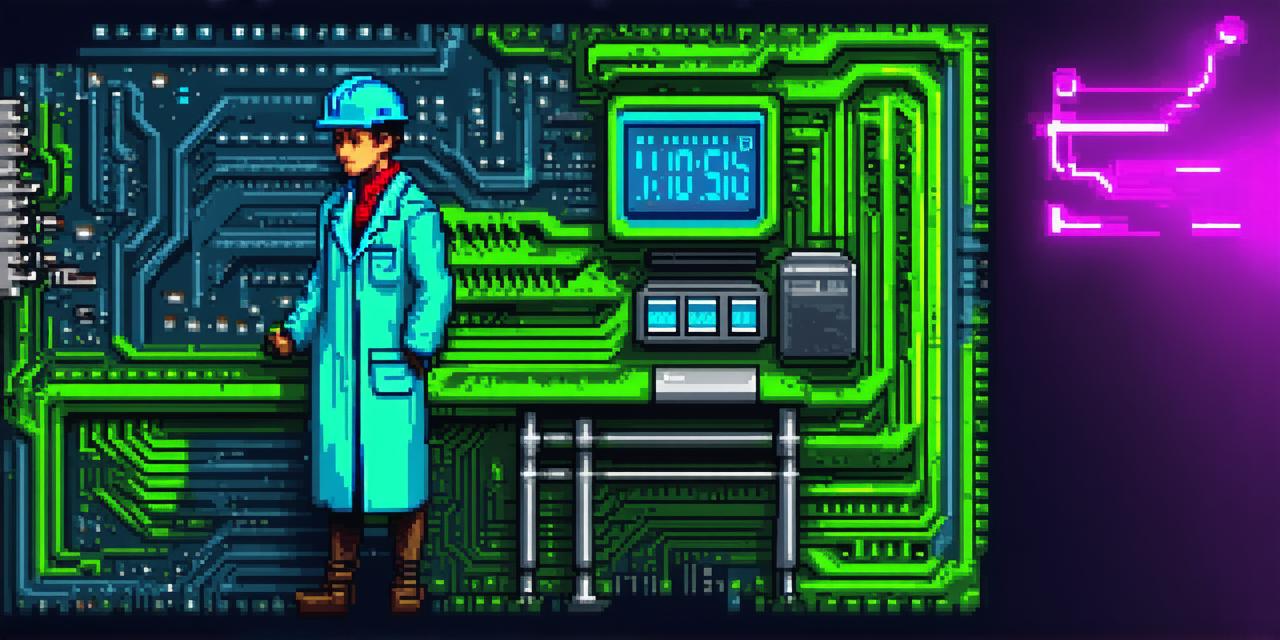Introduction
Developing a game can be a challenging and rewarding process. It requires creativity, technical skills, and a strong work ethic. In this article, we will provide you with a step-by-step guide on the timeline for developing a game. We will also discuss the factors that can affect the development process and how to optimize it.
Step 1: Conceptualization
The first step in developing a game is to come up with an idea. This can be anything from a simple concept to a complex storyline. During this stage, you should also determine the type of game you want to develop, whether it’s a puzzle game, action game, or adventure game. Once you have your concept, you can start brainstorming ideas and creating a list of features that the game will have.
Step 2: Planning and Research
After you have your concept, it’s time to start planning the development process. This involves researching similar games on the market and analyzing their strengths and weaknesses. You should also consider factors such as target audience, budget, and timeline. During this stage, you can create a project plan that outlines the tasks that need to be completed and the milestones that you will reach.
Step 3: Pre-Development
The pre-development phase is all about getting ready for the actual development process. This involves creating a prototype of the game, which is a basic version of the game that you can use to test and refine ideas. You should also create a style guide, which outlines the visual and narrative elements of the game. During this stage, you should also start building your team, which will include programmers, artists, and other developers who will work on the project.
Step 4: Development
The development phase is the most critical part of the process. This is where you bring your concept to life by creating the actual game. During this stage, you should focus on creating a high-quality product that meets the needs of your target audience. You should also test the game regularly and make adjustments as needed.
Step 5: Post-Development
The post-development phase is all about marketing and promoting the game. This involves creating a launch plan, which outlines how you will market the game to your target audience. You should also create a social media strategy that includes regular updates and engagement with your followers. During this stage, you should also start gathering feedback from players and use it to make improvements to the game.
Factors Affecting Development Timeline
There are several factors that can affect the development timeline for a game. These include:
- Complexity of the game: Games with more complex features and mechanics will take longer to develop.
- Team size: Larger teams will take longer to complete tasks, which can slow down the development process.
- Budget: A larger budget can allow for more resources and manpower, which can speed up the development process.
- Market demand: If there is high demand for a particular type of game, developers may need to prioritize tasks to meet that demand.
- Technical difficulties: Technical difficulties can cause delays in the development process as developers try to resolve issues.
Optimizing the Development Process

There are several ways to optimize the development process and ensure that your game is developed on time and within budget. These include:
- Prioritization: Prioritize tasks based on their importance and urgency, so that you can complete them in a timely manner.
- Communication: Keep open lines of communication between team members to ensure that everyone is on the same page and working towards the same goals.
- Regular testing: Test the game regularly to identify and fix issues before they become major problems.
- Use agile methodologies: Agile methodologies, such as Scrum and Kanban, can help you break down the development process into smaller, more manageable tasks and keep you on track.
- Plan for contingencies: Have a plan in place to address unexpected issues that may arise during the development process.




